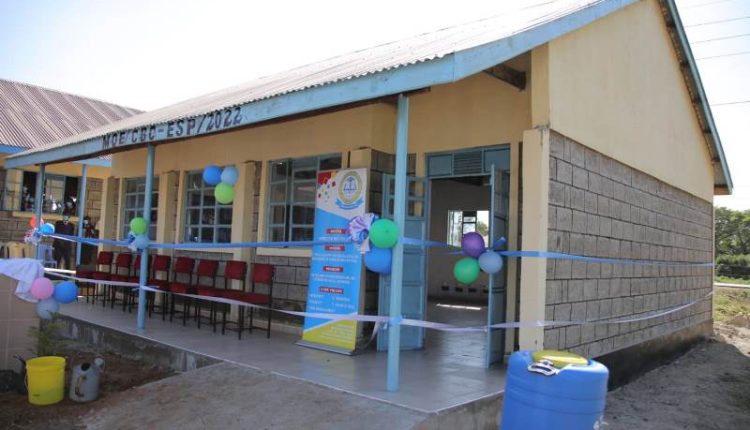The Kenya National Union of Teachers (KNUT) and the Kenya Union of Post-Primary Education Teachers (KUPPET) have clashed regarding the establishment of junior high schools and reforms in the education sector.
The two teachers’ unions have offered different views regarding the education system reforms to the Presidential Working Group on Education Reforms (PWPER) in separate presentations.
KNUT, on their part, rejected KUPPET’s recommendations to the PWPER regarding shifting Junior Secondary High Schools.
The PWPER is chaired by Professor Raphael Munavu to discuss shifting Junior Secondary to secondary schools.
KNUT, in their view, wants Grades Seven, Eight and Nine levels as intermediate level or senior primary school.
According to reports, renaming the new level of education will mean that learners in those Grades will be retained in primary schools.
However, the Ministry of Education has already built a number of classrooms for the same with the decision having been made by the Jubilee regime to host junior secondary schools in secondary schools.
It has also been argued that junior secondary school was meant to be equivalent to high school hence why it was called so.
KUPPET Secretary General Akelo Misori insisted that the curriculum for Junior Secondary Level is adapted in such a way that it suits secondary school with the introduction of abstract concepts across disciplines that used to be covered in Form One under the 8-4-4 system.
“Only secondary schools have human resources, libraries, laboratories and the culture for Junior Secondary. Teachers at that level have trained to deal with adolescents whose onset starts at 13 years,” said Misori.
Collins Oyuu, the KNUT Secretary-General, told the task team that there are facilities in primary schools that can be utilized to support this level of learning.
Oyuu argued that the action would help to reduce wastage and facilitate a smooth transition.
In addition, he said that there are enough numbers of teachers with advanced degrees who are in primary schools and can teach students in junior secondary.
According to KNUT, teachers have received training in the Competency-Based Curriculum (CBC) and have practised its implementation strategies, unlike secondary school teachers.
The placement of junior secondary schools has been a serious bone to chew for the two teachers’ unions.
Not only this, the funding mechanism for education has also been another issue that they have disagreed upon.
In KUPPET’s view, there should be an increase in basic education capitation in order to boost learning resources.
However, on the other hand, KNUT observed that teachers in Arid and Semi-Arif Lands should be considered for hardship allowance and should be issued the appropriate incentives since the various regions want to be treated differently.
“You cannot rate teachers in the Central region with a teacher serving in Marsabit and expect them to deliver the same concept equally. We want these teachers to be well facilitated since the area they are operating in is quite different,” added Oyuu added.
Oyuu said that the government should explore reclaiming responsibility for early education. At the moment, Early Childhood Development Education (ECDE) is under County Governments.
“Basic Education begins from the ECDE all the way to Primary and Secondary schools, pushing them to county governments causes a constitutional crisis,” said Collins Oyuu.
Besides, KNUT argued that ECDE is not unambiguously recognized as a component of Basic Education saying that many counties have poor structures with very little money and management, and recommended a legislative reform.
KNUT has also implored the government to restart the school feeding program that had stopped in 2019. In their view, this will help in retaining learners in schools. Many parts of Northern and Easter Kenya have been ravaged by drought leading to many learners dropping out of school due to either starving to having to go out looking for food.



Comments are closed.